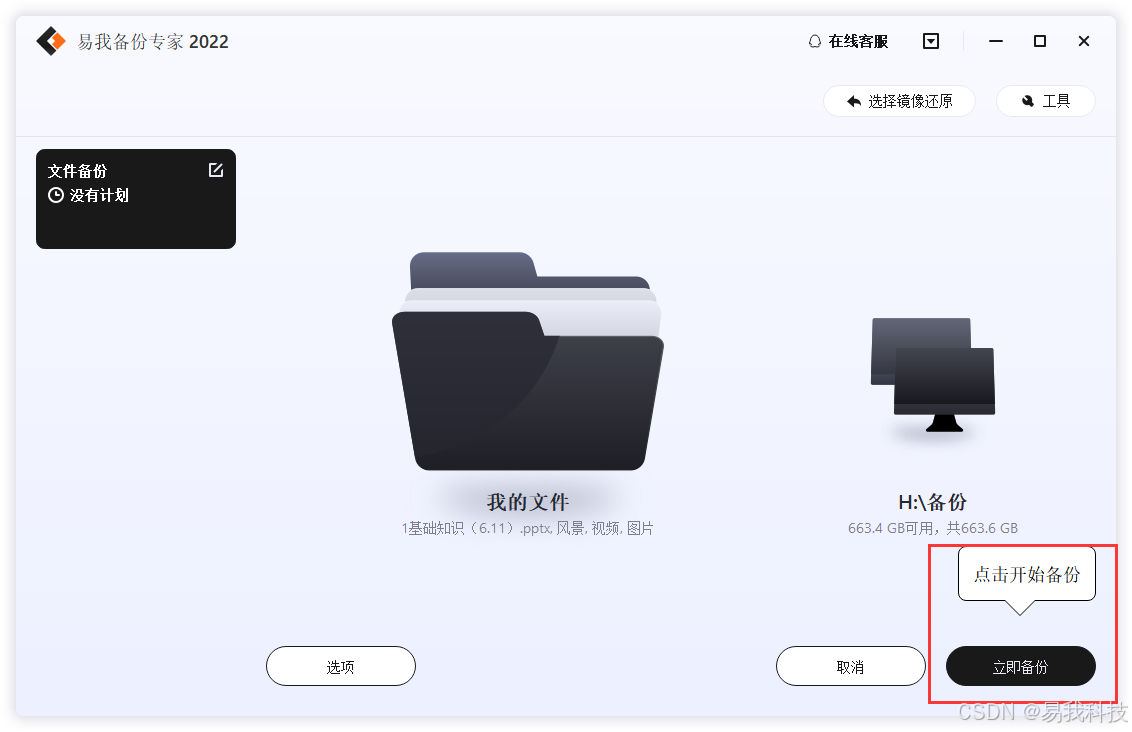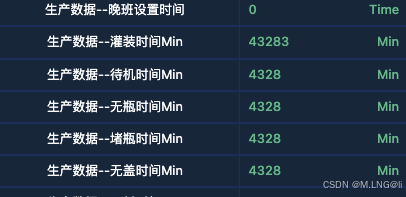首先新建项目,可参考 初识IDEA、模拟三层--控制层、业务层和数据访问层
一、spring 环境搭建
(一)pom.xml 导相关坐标
<?xml version="1.0" encoding="UTF-8"?>
<project xmlns="http://maven.apache.org/POM/4.0.0"xmlns:xsi="http://www.w3.org/2001/XMLSchema-instance"xsi:schemaLocation="http://maven.apache.org/POM/4.0.0 http://maven.apache.org/xsd/maven-4.0.0.xsd"><modelVersion>4.0.0</modelVersion>
<!-- 导坐标,不导入该坐标会影响xml文件创建
导完坐标,一定去该页面右边点开 Maven看看是否下载完成,
若不报错,即下载成功--><dependencies><dependency><groupId>org.springframework</groupId><artifactId>spring-context</artifactId><version>5.3.28</version></dependency></dependencies><groupId>org.example</groupId><artifactId>Spring_ioc_04</artifactId><version>1.0-SNAPSHOT</version>
</project>(二)搭建配置文件
依次点击:src ==> main ==> resource 右击 ==> New ==> 找 XML Configuration File ==> 找到 Spring Config 并点击,起名(自己随便起名字),为了好区分,我起名叫 applicationContext
(三)建包建类,写方法
建包建类,可参考模拟三层--控制层、业务层和数据访问层,我们建立 com.apesource路径(这个路径纯纯属于个人习惯,不影响)下的pojo 包。pojo 包写我们的普通的类,我们写个学生类 Student 吧,类中写好成员变量;text 包就写测试类,具体代码如下:
//Student 学生类 package com.apesource.pojo;public class Student {private int sid;private String sname;private int sage; }//测试类 package com.apesource.test;public class Test01 { }Ok!一切准备就绪,开始演示 DI 数据类型
二、演示 DI 数据类型
2.1 set 注入基本类型与 String
我们要用 setter 方法注入 ,首先得有 set 方法,先去学生类 alt键+ins键 快速生成 set 方法(更多的快捷键使用可以去看看 初识 IDEA)
package com.apesource.pojo;public class Student {private int sid;private String sname;private int sage;public void setSid(int sid) {this.sid = sid;}public void setSname(String sname) {this.sname = sname;}public void setSage(int sage) {this.sage = sage;} }然后去我们的 applicationContext.xml 文件做相关配置【这块想了解更清楚可以点击链接; Spring DI 简单演示三层架构——Setter 注入】。
<?xml version="1.0" encoding="UTF-8"?> <beans xmlns="http://www.springframework.org/schema/beans"xmlns:xsi="http://www.w3.org/2001/XMLSchema-instance"xsi:schemaLocation="http://www.springframework.org/schema/beans http://www.springframework.org/schema/beans/spring-beans.xsd"> <!-- 注入 Student 类--><!--property的name指要通过 setter 给注入的属性名--><!--property的value指要通过 setter 给注入的数据,写具体值--><!--property的ref可以直接引用标签id,Spring DI 简单演示三层架构——set注入有演示--><bean class="com.apesource.pojo.Student" id="student"><property name="sage" value="12"></property><property name="sid" value="1"></property><property name="sname" value="唐三"></property></bean> </beans>测试【这块想了解更清楚可点击链接Spring DI 简单演示三层架构——Setter 注入】。
package com.apesource.test;import com.apesource.pojo.Student; import org.springframework.context.support.ClassPathXmlApplicationContext;public class Test01 {public static void main(String[] args) {//1.加载 Spring 核心配置文件,获取 Spring 容器对象ClassPathXmlApplicationContext applicationContext = new ClassPathXmlApplicationContext("applicationContext.xml");//2.获取对象Student student = (Student) applicationContext.getBean("student");System.out.println(student);//返回一个学生的地址}}测试结果(有地址,测试成功):
如果想看到具体值,我们可以去 Student 类写 get 方法,然后这边调用 get 方法,具体步骤如下:
package com.apesource.pojo;public class Student {private int sid;private String sname;private int sage;public void setSid(int sid) {this.sid = sid;}public void setSname(String sname) {this.sname = sname;}public void setSage(int sage) {this.sage = sage;} /************************get方法是为了测试调用可以看到具体值*************************/public int getSid() {return sid;}public String getSname() {return sname;}public int getSage() {return sage;} }package com.apesource.test;import com.apesource.pojo.Student; import org.springframework.context.support.ClassPathXmlApplicationContext;public class Test01 {public static void main(String[] args) {//1.加载 Spring 核心配置文件,获取 Spring 容器对象ClassPathXmlApplicationContext applicationContext = new ClassPathXmlApplicationContext("applicationContext.xml");//2.获取对象Student student = (Student) applicationContext.getBean("student");System.out.println("对象地址:"+student);//返回一个学生的地址/******************************为了更方便的查看学生信息,我们调用get方法调用**********************************/System.out.println("学生的年龄:"+student.getSage());System.out.println("学生的名字:"+student.getSname());System.out.println("学生的id号:"+student.getSid());}}测试结果(这个学生的信息就是我们在 application.xml 中创建的信息,测试成功):
如果想看到具体值,我们也可以去 Student 类写 toString 方法,然后测试就可以看到具体值,具体步骤如下:
package com.apesource.pojo;public class Student {private int sid;private String sname;private int sage;public void setSid(int sid) {this.sid = sid;}public void setSname(String sname) {this.sname = sname;}public void setSage(int sage) {this.sage = sage;} /*********************to String方法为了测试有显示结果****************************/@Overridepublic String toString() {return "Student{" +"sid=" + sid +", sname='" + sname + '\'' +", sage=" + sage +'}';} }package com.apesource.test;import com.apesource.pojo.Student; import org.springframework.context.support.ClassPathXmlApplicationContext;public class Test01 {public static void main(String[] args) {//1.加载 Spring 核心配置文件,获取 Spring 容器对象ClassPathXmlApplicationContext applicationContext = new ClassPathXmlApplicationContext("applicationContext.xml");//2.获取对象Student student = (Student) applicationContext.getBean("student");System.out.println(student);//返回一个学生信息}测试结果:
2.2 set 注入复杂类型【 List 、Map 、Set、array数组、properties 】
首先,我们建一个新的包新的类,可参考模拟三层--控制层、业务层和数据访问层,我们在 com.apesource路径下的pojo 包里再写个 Collection 集合类吧,类中写好成员变量,我们演示复杂类型,就定义变量为 List 、Map 、Set、array数组、properties 这些复杂的类型:
package com.apesource;import java.util.*;public class Collection {private List list;private Map map;private Set set;private String[] array;private Properties properties;/****************因为使用set注入,要写set方法****************/public void setList(List list) {this.list = list;}public void setMap(Map map) {this.map = map;}public void setSet(Set set) {this.set = set;}public void setArray(String[] array) {this.array = array;}public void setProperties(Properties properties) {this.properties = properties;}/****************为了观察到测试结果的具体值,写 toString方法****************/@Overridepublic String toString() {return "collectionT{" +"list=" + list +", map=" + map +", set=" + set +", array=" + Arrays.toString(array) +", properties=" + properties +'}';} }然后去我们的 applicationContext.xml 文件做相关配置
<?xml version="1.0" encoding="UTF-8"?> <beans xmlns="http://www.springframework.org/schema/beans"xmlns:xsi="http://www.w3.org/2001/XMLSchema-instance"xsi:schemaLocation="http://www.springframework.org/schema/beans http://www.springframework.org/schema/beans/spring-beans.xsd"><!-- 注入 Collection 类--><bean class="com.apesource.pojo.Collection" id="collection"><!--List集合--><property name="list"><list><value>油条</value><value>玉米</value><value>包子</value><value>红薯</value><value>胡辣汤</value></list></property><!--Map集合——键值对--><property name="map"><map><entry key="红" value="蓝"></entry><entry key="白" value="黑"></entry><entry key="光明" value="黑暗"></entry><entry key="正义" value="邪恶"></entry><entry key="快乐" value="悲伤"></entry></map></property><!--Set集合--><property name="set"><set><value>唐三</value><value>小舞</value><value>戴沐白</value><value>朱竹清</value><value>宁荣荣</value><value>奥斯卡</value><value>胖子</value></set></property><!--数组--><property name="array"><array><value>喜羊羊</value><value>美羊羊</value><value>懒羊羊</value><value>沸羊羊</value><value>暖羊羊</value><value>慢羊羊村长</value></array></property><!--set诸如还支持properties,下面演示--><property name="properties"><props> <!-- <prop key="键">值</prop>--><prop key="中文">英文</prop><prop key="名字">name</prop><prop key="age">年龄</prop><prop key="语文">数学</prop><prop key="学校">学习</prop></props></property></bean> </beans>测试:
package com.apesource.test;import com.apesource.pojo.Collection; import com.apesource.pojo.Student; import org.springframework.context.support.ClassPathXmlApplicationContext;import java.util.List; import java.util.Map; import java.util.Properties; import java.util.Set;public class Test01 {public static void main(String[] args) {//1.加载 Spring 核心配置文件,获取 Spring 容器对象ClassPathXmlApplicationContext applicationContext = new ClassPathXmlApplicationContext("applicationContext.xml");//2.获取对象Collection collection = (Collection)applicationContext.getBean("collection");System.out.println(collection);}}测试结果(由于所有结果在一行,截图看不完,我将该主要结果复制在下方):
完整结果:
collectionT{list=[油条, 玉米, 包子, 红薯, 胡辣汤], map={红=蓝, 白=黑, 光明=黑暗, 正义=邪恶, 快乐=悲伤}, set=[唐三, 小舞, 戴沐白, 朱竹清, 宁荣荣, 奥斯卡, 胖子], array=[喜羊羊, 美羊羊, 懒羊羊, 沸羊羊, 暖羊羊, 慢羊羊村长], properties={语文=数学, age=年龄, 名字=name, 学校=学习, 中文=英文}}
三、一个类可以被注入多次,但id需唯一
拿简单的学生类做演示吧
学生类不做任何改变,在我们的 applicationContext.xml 文件做相关配置
<?xml version="1.0" encoding="UTF-8"?> <beans xmlns="http://www.springframework.org/schema/beans"xmlns:xsi="http://www.w3.org/2001/XMLSchema-instance"xsi:schemaLocation="http://www.springframework.org/schema/beans http://www.springframework.org/schema/beans/spring-beans.xsd"> <!-- 注入 Student 类--> <!-- property的name指要通过 setter 给注入的属性名--> <!-- property的value指要通过 setter 给注入的数据,写具体值--> <!-- property的ref可以直接引用标签id--><bean class="com.apesource.pojo.Student" id="student"><property name="sage" value="12"></property><property name="sid" value="1"></property><property name="sname" value="唐三"></property></bean><bean class="com.apesource.pojo.Student" id="student1"><property name="sage" value="12"></property><property name="sid" value="2"></property><property name="sname" value="小舞"></property></bean> </beans>测试:
package com.apesource.test;import com.apesource.pojo.Student; import org.springframework.context.support.ClassPathXmlApplicationContext;public class Test01 {public static void main(String[] args) {//1.加载 Spring 核心配置文件,获取 Spring 容器对象ClassPathXmlApplicationContext applicationContext = new ClassPathXmlApplicationContext("applicationContext.xml");//2.获取对象Student student = (Student) applicationContext.getBean("student");System.out.println(student);//返回一个学生信息Student student1 = (Student) applicationContext.getBean("student1");System.out.println(student1);//返回一个学生信息} }测试结果(两个学生都打印出来了,测试成功):
四、总结
DI 数据类型 set 方法可注入三种:
基本类型与String
复杂类型,list,set,array,map,properties
javaBean对象,具体实例可点击链接Spring DI 简单演示三层架构——Setter 注入】
一个类可以被注入多次,但id需唯一























